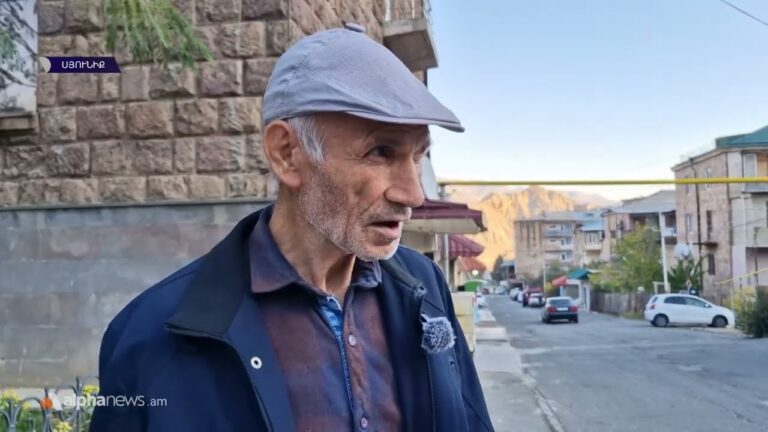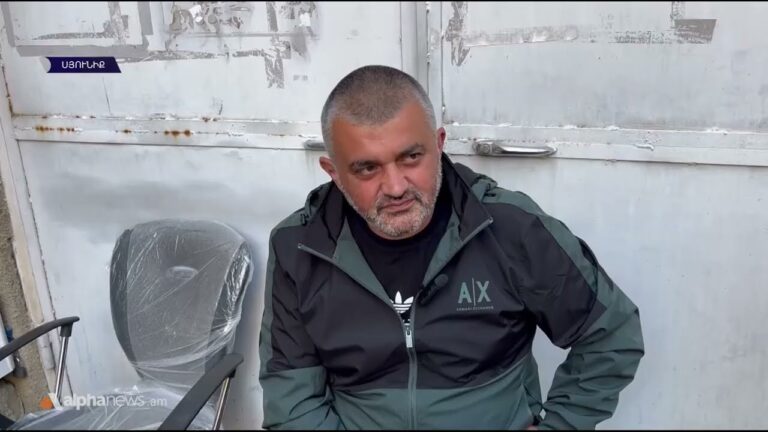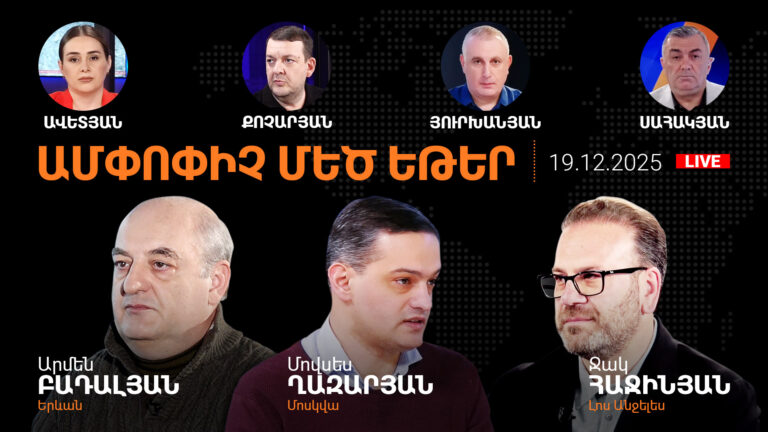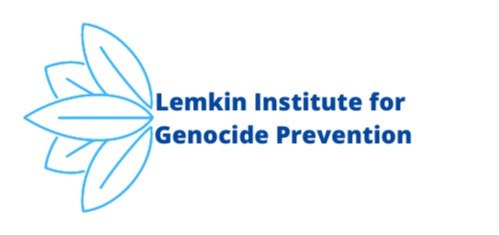“Forward” to the “bright 90s” or “bright Ottoman Empire”?
November 30 2023, 11:30
The crisis in Armenian-Russian relations continues to take clearer shape, and after official Yerevan’s boycott of the CSTO and CIS meetings and after statements that “the CSTO actions contradict the interests of Armenia,” the Russian side resorted to retaliatory actions.
Russia used the standard package of economic sanctions that it normally uses in such cases. The problem arose with the goods exported from Armenia to Russia. The Russian Federal Service for Veterinary and Phytosanitary Supervision even stated that it “has recorded a sharp increase in the supply of pest-infected crop products from Armenia and asks the Armenian partners to take immediate measures to prevent violations.”
And the fact that the problem is of a political nature is openly confirmed by the Armenian leadership in the person of Nikol Pashinyan’s Chief of Staff, Arayik Harutyunyan, who proposed to solve the problem that arose at the Verkhny Lars checkpoint by supporting Armenian business in the Diaspora and purchasing Armenian-made goods. It is difficult to say how this will help specifically those entrepreneurs at the Verkhny Lars checkpoint who cannot deliver their products to the Russian market, but the head of the government staff sees this as a way out of the current situation.
Let’s leave aside that Harutyunyan also offers Armenian business to find “new markets,” without mentioning what markets he, as one of the country’s leaders, offers or what official Yerevan is doing to solve logistical and other issues. Harutyunyan does not say what or who specifically made Armenian entrepreneurs face the problem of selling their products.
Georgia followed the same path many years ago, and the deterioration of relations with Russia led to the fact that in 2006, official Moscow imposed sanctions against Georgia, with the annual damage to the country amounting to hundreds of millions of dollars.
According to the National Bank of Georgia, only in the first year after the sanctions were imposed, direct losses amounted to about $100 million, of which $50 million Georgia lost due to the ban on the export of wine to the Russian market. Only 12% of wine production was able to move to other markets. The ban on the export of alcohol cost the republic $12 million.
According to a number of Georgian financiers, Georgia’s total losses that year (2006) amounted to $250 million, or 2.05% of the country’s GDP. And this situation persisted for almost ten years. Georgia could not find a full-fledged alternative to the Russian market, and Georgian wines again filled Russian stores only in 2013. It is easy to calculate and understand what losses the Georgian budget and Georgian businesses have suffered due to political problems.
The paradox of the Armenian situation also lies in the fact that during the period of independence, we have already gone through a cycle of similar problems. In the early 1990s, the Armenian authorities, destroying the legacy of the Soviet economy and trying to abandon mutually beneficial cooperation with Russia, convinced people that Armenia could live without a nuclear power plant. The public was convinced that Armenia could live without industry, without the Russian market, only by selling perlite and Jermuk. Everyone knows how it all ended, and since 1998, the new government of Armenia has been forced to clean up the economic ruins left by its predecessors.
Whether Armenia will embark on the path of “economic revival” or not, time and the political situation in the country will show.
However, returning to the topic of “alternative markets,” the authorities clearly believe that such markets could be Turkish and Central Asian ones. This is exactly what US Assistant Secretary of State James O’Brien said yesterday during his briefing, stressing that opening the borders with its neighbors will allow Armenia to focus on its economic development, build its security relationship, and expand trade from Central Asia to Turkiye.
That is, they are not only returning the “bright 90s” to us but also trying to return the “bright Ottoman Empire,” and this process is being promoted hand in hand by Ankara, Baku, Washington, Brussels, and Nikol Pashinyan.
But the extent to which the “Ottoman Empire” or the modern Turkic world is ready to accept Armenia and its goods is shown by the policies of Baku and Ankara: in Azerbaijan, Armenia is called “Western Azerbaijan,” and the Turkish Security Council is planning to discuss the situation in the South Caucasus as well as the so-called “Zangezur corridor” at the last meeting of this year, as reported by the Turkish media.
Even if Armenia surrenders the “enclaves,” renounces the coat of arms and anthem, renounces the struggle for international recognition of the Armenian Genocide, renounces the Declaration of Independence, changes the Constitution and national security strategy, and prohibits the use of the words “Artsakh, Ararat, and Western Armenia,” even if Pashinyan forces Ararat Mirzoyan to change his name, Turkiye will not only not open its markets to Armenia, but also will not stop perceiving Armenia as an enemy that it should destroy rather than build equal relations with.
That is, the problem of the Verkhny Lars checkpoint may have much more consequences than it may seem. One just needs to think about who is the main beneficiary of the current situation and the crisis of the Armenian-Russian conflict.
Who benefits from provoking the Armenian-Russian conflict, which will logically lead to retaliatory sanctions from Moscow, which, in turn, will give Pashinyan a reason to declare on the domestic political field that “Armenia has no other choice but to look for new markets, since working with Russian ones is a loss of independence and sovereignty”?
We are actually witnessing a very well-organized political provocation…







